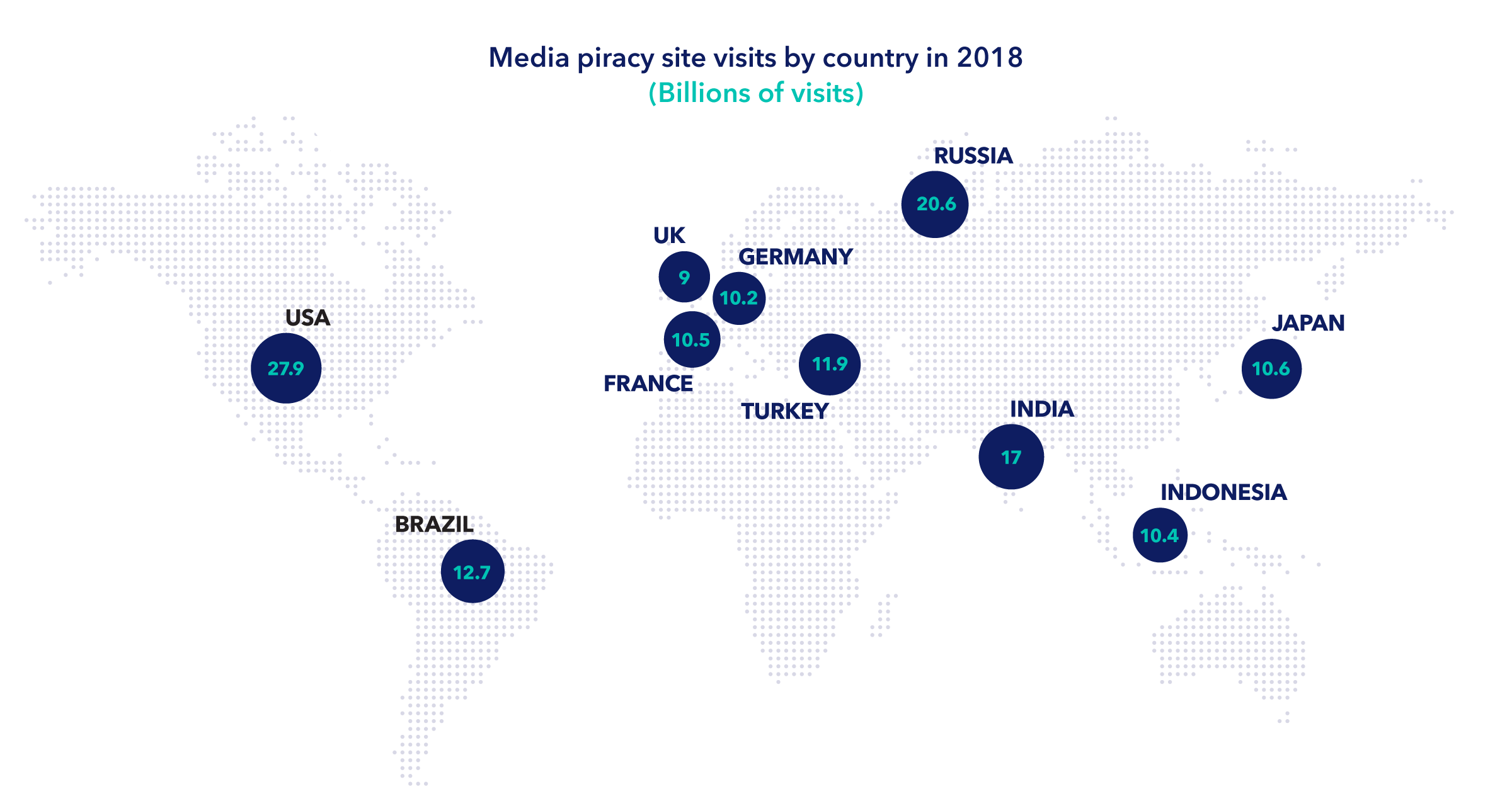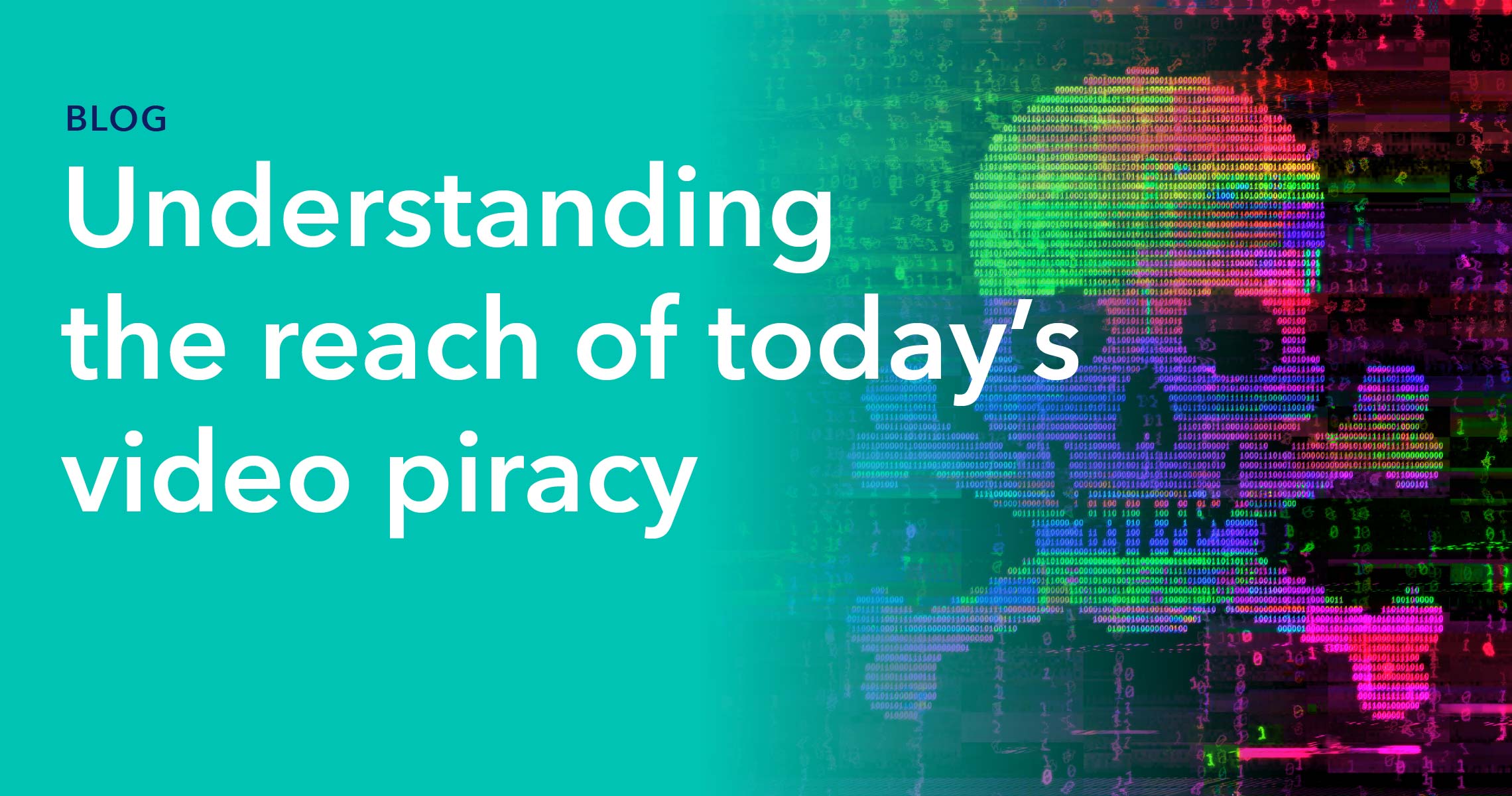Calculations of current and projected losses due to online video piracy keep going up. In 2017, a widely quoted report from Digital TV Research projected global losses to piracy would hit $26.7 billion that year and would reach $51.6 billion in 2022. In 2020, Parks Associates released a report showing that the earlier 2022 projection had already been surpassed in 2019, with a global loss calculated at over $57 billion. Parks predicted the losses would top $67 billion in 2023.
Common forms of piracy
While pirate business models vary widely, the most successful ones revolve around websites that aggregate stolen video into legitimate-looking service offerings of on-demand and live content, mimicking a legal OTT or IPTV service provider (in piracy circles, OTT and IPTV are often used as synonyms).
A big factor in the success of these approaches has been the misuse of the Kodi software stack. This open-source platform administered by the Xbox Media Center Foundation enables unified streaming experiences on smart TV sets and other connected devices, replicating what’s possible from platforms such as Chromecast or Apple TV.
How video pirates find success
Using Kodi server software, pirates can deliver premium-quality services with professional-caliber EPGs and generate subtitles in multiple languages, letting them reach audiences anywhere in the world. They can collect analytics data from clients and servers to tabulate device usage data, gauge the popularity of content offerings, and perform troubleshooting in conjunction with sophisticated customer support services. Remarkably they can do all this while benefiting from ad revenues generated by online ad networks that mistake them for legitimate operations.
Consumers have no trouble finding these sites, even though, to protect themselves, pirates frequently reskin and rename their storefronts using new URLs. Users can subscribe to what is known as M3U playlists, which direct Kodi-enabled devices or PCs, STBs, and smart TVs running certain types of players or apps to pirate sites. These playlists can be found through search engines or through specialized social media accounts.
Without having to pay for such listings, users searching for video streaming services can easily come across online listings for legitimate sources as well as pirate sites, with nothing distinguishing them except big discounts for the illegitimate services. Consumers can also find instructions that lead them through the process of downloading Kodi software or point them to sources of devices pre-loaded with Kodi software and, in some cases, pirated content.
Beyond reliance on big website repositories of stolen content, there are other ways people gain access to content illegally. Use of apps such as Periscope and Meerkat to capture and stream live events and content sharing through Usenet groups are popular ways of delivering pirated content by professionals as well as amateurs. Professional pirates are also making use of YouTube Live and Facebook Live to post and generate stolen content with reliance on ad networks’ placement of pre-roll ads to generate revenue.
Finally, video pirates also benefit from proceeds gained from malware embedded with streamed content. According to research conducted by KU Leuven University in Belgium and Stony Brook University in New York, most live sports content streamed by pirates is infected by malware, some of it aimed at defeating ad blocks to ensure they can collect from ad network placements. Other malware elements are used to copy graphics and other features from legal sites.
A crowded pool of amateur thieves
In addition to these professional video piracy activities, an area of video piracy on the casual user side that’s generating great concern among rights holders and distributors involves the sharing of log-in credentials. For example, the amount of illegal viewing through credential sharing in the U.S. equated to losses in legitimate provider revenues totaling $9 billion in 2019, according to Parks Associates.
Of course, video piracy wouldn’t be the big business it has become without massive participation from consumers (see figure below). Unfortunately, obtaining content from pirate sites has become a routine fact of life for a huge proportion of the video-consuming public worldwide, especially among younger age groups.

In many cases, pirate IPTV services are often seen as legitimate options by users who are searching the web for good deals. In fact, the term “IPTV” has been co-opted by piracy to the point that when people using these sites talk about where they’re getting their ESPN or other channels, they say they’re subscribing to IPTV without understanding it is an illegal provider.
The importance of anti-piracy efforts
It has never been more important to not only understand the global trends and big business of online video theft, but to determine the risks your content is facing in this new era of piracy and, most important of all, what can be done about it.
That’s where we can help. Our security specialists can help you uncover the potential vulnerabilities your live streaming content may be exposed to and, above all, what to do about it. Schedule a free anti-piracy consultation here







